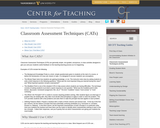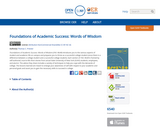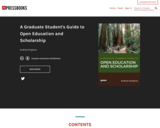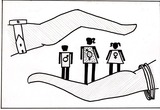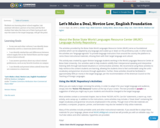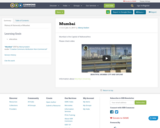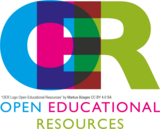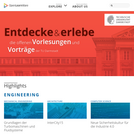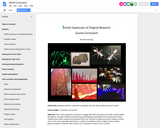
Grade level: graduate students, advanced undergrads, persons with analyzed research results
Course length: 1 semester, 4-6 months
Objective: This course empowers scientists to engage with their own data, each other, and the public through art. Through collective brainstorming, prototyping, and feedback from professional artists, students will create a project that expresses their own research through any artistic medium of their choice. The course typically culminates in a public art exhibition where students interact with a general audience to discuss their research, art, and what it means to be a scientist.
- Subject:
- Arts and Humanities
- Biology
- Career and Technical Education
- Graphic Design
- Life Science
- Physical Science
- Social Science
- Visual Arts
- Material Type:
- Full Course
- Author:
- Peter Marting
- Date Added:
- 07/25/2018
